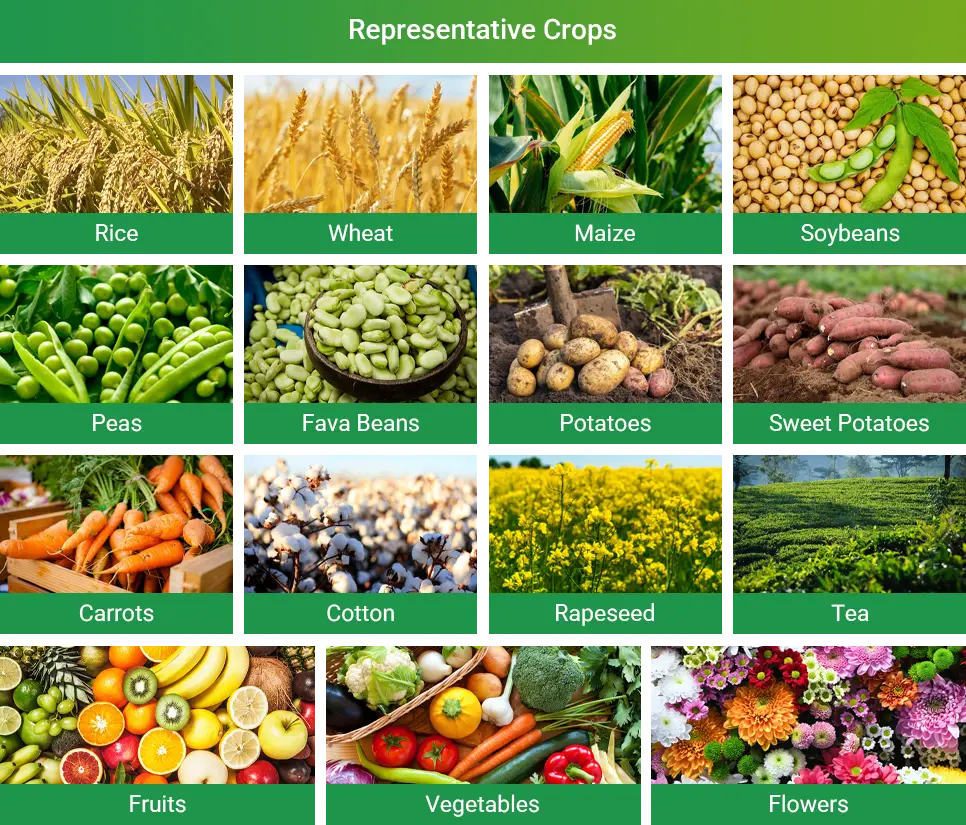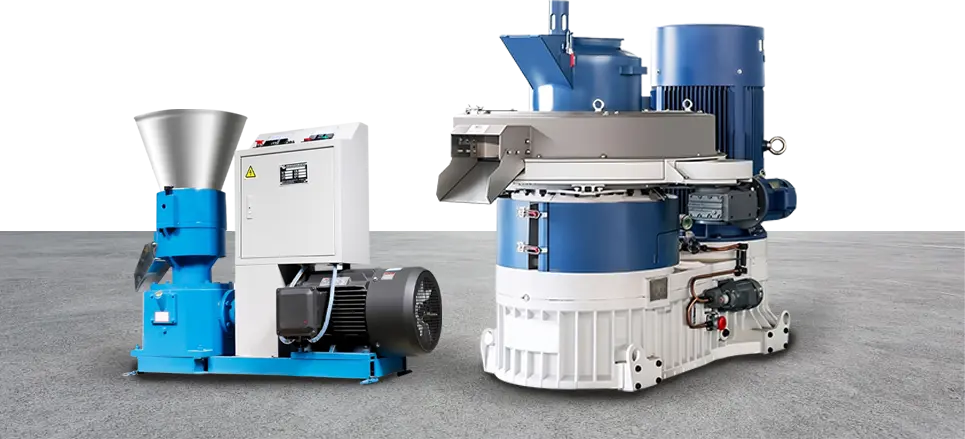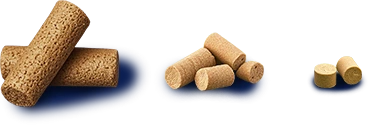Research report pointed out that more and more farmers are turning from chemical to organic fertilizers. Organic soy fertilizer pellets provide a sustainable, nutrient-rich solution suitable for both small and large-scale growers.

What Are Organic Soy Fertilizer Pellets?
Organic soy fertilizer pellets, made from soybean meals, are nutrient rich fertilizer and enhance soil fertility in organic farming. Maintaining healthy soil is essential in organic agriculture. These pellets serve as a natural fertilizer, boosting plant growth without synthetic chemicals. But soy meals can hinder seed germination if not properly managed.
| NPK Ratio Comparison: Soy Meal vs. Other Organic Fertilizer Pellets | |||
| Fertilizer Type | Nitrogen (N) | Phosphorus (P) | Potassium (K) |
| Soybean Meal | 7 | 1-2 | 1-2 |
| Poultry Manure | 5 | 1-3 | 1-2 |
| Compost | 1-3 | 0.5-1 | 1-2 |
| Bone Meal | 1 | 15 | 0-1 |
organic soy fertilizer pellets for its high nitrogen content, which is excellent for promoting green growth.

Data from: Common Organic Fertilizers for Home Gardeners
Applicable Crops

Why Organic Soy Fertilizer Pellets Are Good for Farming
- Improve Soil Health: Adds organic matter to improve soil, helping it hold moisture, drain well, and let roots breathe.
- Natural Nitrogen Source: Nitrogen fertilizer helps your crops grow better and survive tough conditions.
- Eco-Friendly & Sustainable: Made from 100% natural materials, reduces dependency on chemicals.
- Provides Micro- nutrients: Provides extra trace elements that support plant health.
- Reduce the risk of root burn: Releases nutrients slowly, lowering the chance of nutrient burn.
- Easy to Apply & Store: Small size, easy to store, transport and long-term preservation, reduce waste.

Simple Steps of DIY Organic Soy Fertilizer Pellets
- Prepare Soybean Meal: Obtain fresh soy meal.
- Fermentation: Mix soybean meal with water and microbes, then ferment for 1-2 weeks in a warm place until the smell fades.
- Drying: Spread the fermented soybean meal out to dry, ensuring the moisture content drops below approximately 15%.
- Grinding: Grind the dried soybean meal into a fine powder.
- Pelletizing: Once dried, use an organic fertilizer pellet machine to compress the soybean meal into pellets.
- Second Drying: Dry the pellets again to ensure they are firm and suitable for storage.
Note:Control temperature and humidity during fermentation to avoid odors and harmful byproducts. Handmade pellets may vary in size but work well for home gardens.

Recommended Organic Fertilizer Pellet Machines
Small - Medium Scale: Flat die organic fertilizer pellet machine (Capacity: 40-750 kg/h)
- Suitable for gardens and small to medium farms.
Commercial Use: Ring die pellet machine (Customizable capacity)
- Ideal for large farms and organic fertilizer production.

How to Apply Organic Fertilizer Pellets Correctly
Application Methods
1. Basal Application (Pre-Planting):
- Timing: Before sowing or transplanting.
- Method: Evenly spread the fertilizer on the soil surface and incorporate it into the top 15-20 cm of soil.
2. Topdressing (Post-planting):
- Timing: During key growth stages, such as flowering and pod development.
- Method: Apply fertilizer between rows or around plants and gently mix it into the topsoil.
Dosage Recommendations
Nitrogen Application Rate
Apply approximately 2 pounds of actual nitrogen per 1,000 square feet.
Fertilizer Quantity
For a fertilizer with a 7 % nitrogen content, this equates to about 28.5 pounds of fertilizer per 1,000 square feet. (approximately 12.9 kg per 93 square meters)

Soil Mixing Ratios: The recommended mixing ratios of fertilizer with soil are as follows:
- Flowers and Succulents: Mix fertilizer with soil at a ratio of 1:7.
- Fruit and Vegetables: Mix fertilizer with soil at a ratio of 1:6.
Additional Tips
- Test the soil first to match nutrients with plant needs and avoid over-fertilization.
- Water after application to keep the soil moist and aid nutrient absorption.
- Don’t over-fertilize to prevent runoff and pollution.
- Apply a few months before planting, as organic fertilizer releases nutrients slowly.
Frequently Asked Questions (FAQ)
Will soy fertilizer pellets burn my plants?
Soy fertilizer pellets release nutrients slowly. This means there is less risk of using too much fertilizer or harming plants.
What’s the difference between organic fertilizer pellets and powder?
Organic fertilizer pellets are easier to apply, store, and provide slow nutrient release. Powder fertilizers release nutrients quickly but may require more precise handling and can be prone to nutrient loss.
Is it okay to mix soy fertilizer pellets with other organic fertilizers?
Sure! You can mix them with compost, bone meal, or other organic fertilizers. This will give a good supply of nutrients. But ensure you’re not exceeding nitrogen needs.
How long do organic soy fertilizer pellets remain effective?
It releases nutrients slowly, lasting up to six months depending on environmental conditions.
Organic soy fertilizer pellets are a great way to boost plant growth while keeping your garden and the environment safe. Whether you're managing a large farm or a small garden, these pellets are easy to apply, sustainable, and effective.




